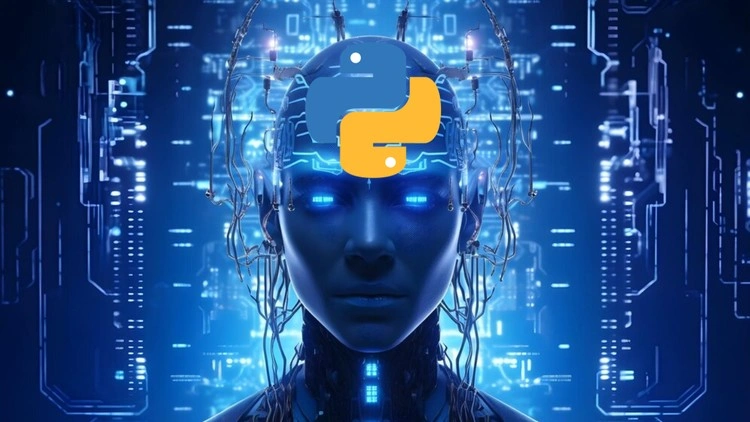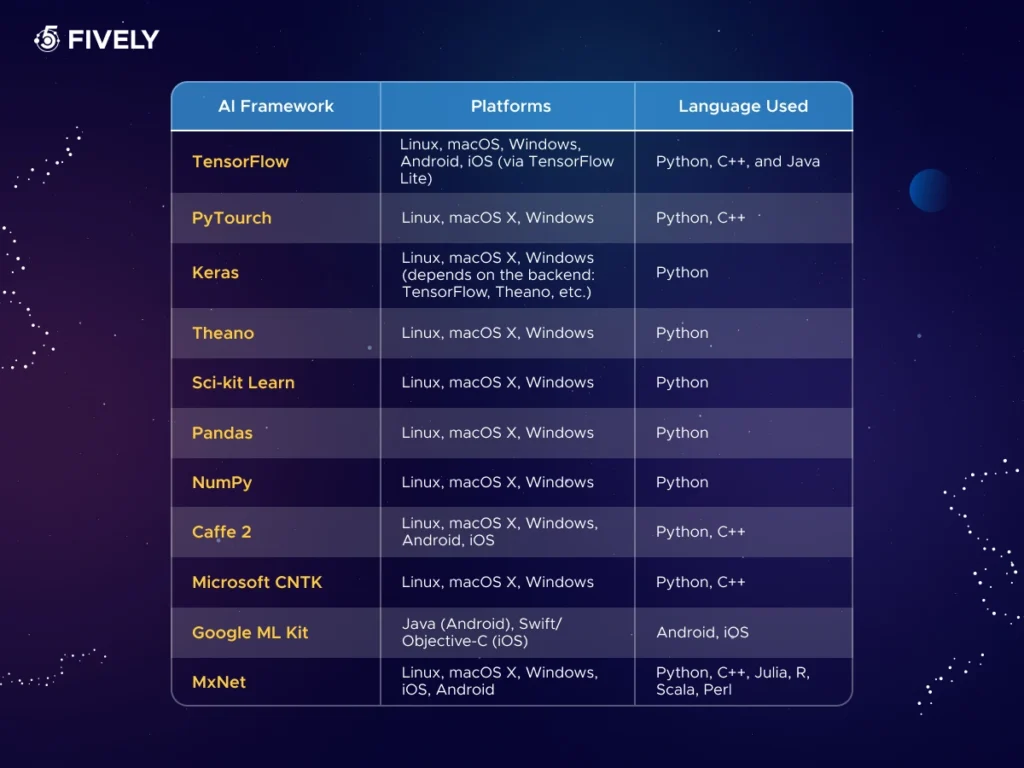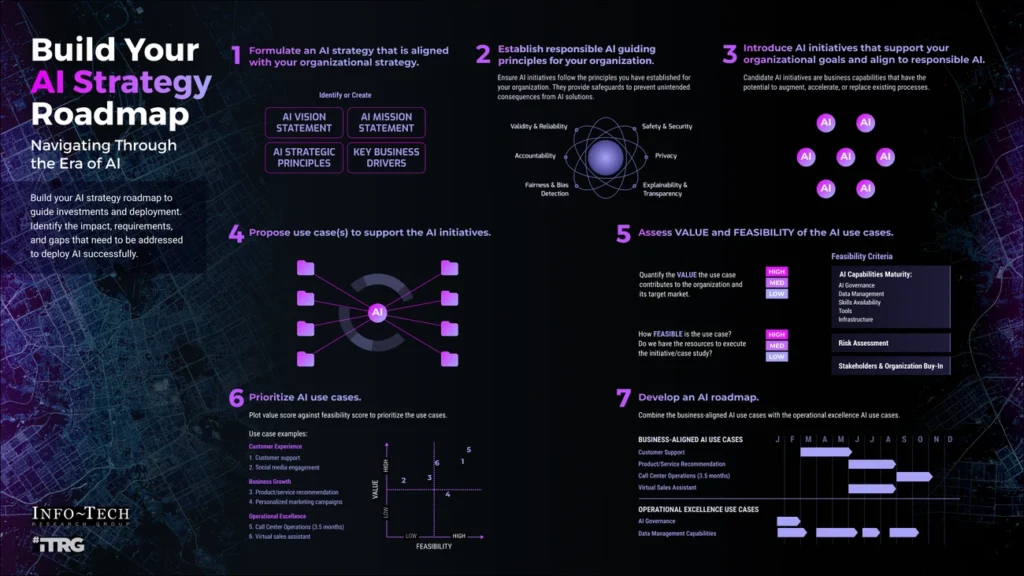The numbers don’t lie – 83% of companies consider AI their top priority now. AI technology has evolved from a mere buzzword into an essential business tool.
The AI market looks set to hit $243.72 billion in 2025](https://hai.stanford.edu/ai-index/2025-ai-index-report) and will surge to $826.73 billion by 2030. AI skills have become incredibly valuable. Leaders agree – 69% see AI literacy as crucial for their teams’ everyday work. AI already handles 85% of customer interactions.
These numbers might seem overwhelming, but here’s the good news – you don’t need to be a math whiz or coding expert to dive in. A typical AI engineer in the United States takes home $135,000 yearly. This field offers both intellectual challenges and fantastic financial rewards.
This piece lays out a clear path to help you transform from a complete beginner into an AI-savvy professional in 2025. You might want to switch careers, level up your current role, or just understand the technology that’s creating $15.7 trillion in global economic effects. We’ll break everything down into simple steps to help you become skilled at AI technology.
Understand the Basics of AI Technology
AI technology starts with understanding its basic concept. Artificial intelligence refers to computer systems that can perform tasks which usually need human intelligence, such as visual perception, speech recognition, decision-making, and problem-solving.
What is AI technology and how does it work?
AI technology processes data at its core. These systems collect information from different sources, analyze patterns, and make decisions based on their learning. AI allows machines to copy the thinking functions of human minds.
The system works in five steps: inputs (gathering data), processing (pattern recognition), outcomes (predictions), adjustments (learning from mistakes), and assessments (creating insights). AI systems learn better as they process more information and find connections that humans might miss.
Different types of AI: ANI, AGI, ASI
AI capabilities fall into three main categories:
Artificial Narrow Intelligence (ANI) or “Weak AI” focuses on specific tasks within its programming limits. Voice assistants like Siri, facial recognition systems, and recommendation algorithms are examples. All AI systems currently in use fall under this category.
Artificial General Intelligence (AGI) or “Strong AI” describes future systems that could match human-level intelligence in different areas. These systems would help in daily life tasks, but the technology remains in development.
Artificial Superintelligence (ASI) describes AI systems that could become smarter than humans. ASI might solve major global challenges like climate change and disease. This concept exists only in theory and science fiction.
AI vs machine learning vs deep learning
Picture these concepts as nested circles. AI forms the outer circle, machine learning sits inside it, and deep learning fits within machine learning.
Machine learning is part of AI that lets systems learn from data without specific programming. It uses algorithms to analyze information, find patterns, and make predictions.
Deep learning works as a part of machine learning that uses layered artificial neural networks to process information. These networks mirror the human brain’s structure and help systems learn from raw data without supervision.
These differences create the base knowledge you need to explore practical AI skills.
Build Your Foundation: Skills You Need to Learn AI

Image Source: Udemy
AI practitioners need several foundational skills to succeed. Experts agree that specific competencies work together to help implement and innovate with AI effectively.
Learn simple math and statistics
Mathematics drives everything in AI technology, from simple principles to complex algorithms. These critical areas need your attention:
- Linear algebra for working with matrices, vectors, and tensors when handling large datasets
- Calculus for understanding how AI models learn through gradient descent and parameter optimization
- Probability and statistics for making predictions under uncertainty and interpreting data
These mathematical disciplines directly affect how AI systems process information and improve over time. Math strengthens your problem-solving abilities and develops the analytical mindset you need for AI work.
Start with Python programming
Python has become the leading language for AI development. Its clear, readable syntax provides an easy path to building intelligent models. Python gives you:
- A rich ecosystem of AI-specific libraries and frameworks
- Strong community support with available resources
- Simple coding that lets you focus on concepts rather than complex syntax
Applying Python basics to AI projects right away makes learning more engaging and practical. The job market for Python developers in AI continues to grow, with projections showing 25% growth between 2021 and 2031.
Understand data structures and algorithms
Data structures and algorithms are the foundations of efficient AI systems. They determine:
- How data is organized internally
- The computational complexity and performance of AI models
- Memory management when working with large datasets
Understanding data structures like arrays, linked lists, trees, and hash tables helps create optimized solutions for AI problems. Algorithms for sorting, searching, and data traversal are fundamental operations in data preprocessing and feature extraction.
Practice data manipulation with pandas and NumPy
NumPy and pandas are the life-blood libraries for AI development:
NumPy provides efficient multi-dimensional arrays for numerical computations, which you need for manipulating large datasets. It supports mathematical operations that are the foundations of AI algorithms.
Pandas offers flexible data structures (particularly DataFrames) for data manipulation and analysis. It excels at handling tabular datasets with different variable types and provides powerful tools to clean, transform, and prepare data for AI models.
These libraries help you build a solid technical foundation for advanced AI concepts.
Master Core AI Tools and Techniques

Image Source: Fively
Your foundation is set. Now it’s time to work with real AI tools and techniques. Hands-on experience will turn your theoretical knowledge into practical skills.
Explore machine learning algorithms
Machine learning algorithms are the foundations of AI applications. Start with basic algorithms like linear regression to predict continuous values, logistic regression for classification tasks, and decision trees that handle both classification and prediction. Advanced options include random forests, support vector machines (SVM), and gradient boosting algorithms. These tools serve specific purposes – from sales predictions to email spam classification. These algorithms power everything from X-ray analysis to TV show recommendations.
Get hands-on with deep learning frameworks
TensorFlow and PyTorch lead the pack as the most popular deep learning frameworks. Google’s TensorFlow excels in scalability and production deployment. PyTorch, Facebook’s creation, features an easy-to-use, Python-friendly interface that researchers love. Both frameworks support GPU acceleration that makes models run by a lot faster. Beginners should start with PyTorch because of its simple API and Pythonic approach to neural networks.
Use AI libraries like Scikit-learn, PyTorch, and Keras
Scikit-learn gives you simple tools for data mining and analysis – perfect when you’re starting with machine learning algorithms without complex setup. PyTorch manages tensor computations and builds dynamic computational graphs. Keras works on top of TensorFlow and makes deep learning model creation easier with its high-level neural networks API. Your project needs should guide your library choice – Scikit-learn for traditional machine learning, PyTorch for research, or Keras for quick prototyping.
Try APIs from OpenAI, Hugging Face, and others
APIs let you use pre-trained models without building everything from scratch. Hugging Face’s Inference API gives you access to over 150,000 public models. OpenAI’s APIs help you integrate powerful language models into applications with minimal code. You can create functional AI web apps connected to state-of-the-art models using tools like openai-gradio with just a few lines of code.
Create a Learning Plan and Apply Your Skills

Image Source: Info-Tech Research Group
A well-laid-out learning path helps you become skilled at AI technology. You need a concrete plan to apply your skills after building a foundation in programming and understanding core AI concepts.
Month-by-month AI learning roadmap
A strategic learning timeline will keep you focused:
- Months 1-3: Mathematics, simple Python, and data structures should be your focus. You can explore simple machine learning algorithms in scikit-learn.
- Months 4-6: Let’s take a closer look at a structured AI course. You can start a small project like sentiment analysis to apply your knowledge.
- Months 7-9: Advanced frameworks like TensorFlow or PyTorch need your attention. MLOps basics, including model versioning, deployment, and monitoring will enhance your skills.
- Months 10+: Your interests and career goals should guide your specialization. Industry developments require constant attention.
Work on practical AI projects
Hands-on experience makes a vital difference. Here are some projects to consider:
Spam detection models identify unwanted content.
Fake news detector uses pre-trained BERT models to classify real versus false information.
AI translator apps use transformer models to convert text between languages.
Choose a project that excites you to stay motivated when challenges arise. Small, achievable goals work better than trying to solve complex problems right away.
Build a portfolio to showcase your skills
Your portfolio should demonstrate your capabilities through:
Diverse projects that cover various aspects of AI (machine learning, deep learning, NLP).
Detailed process documentation that explains your approach from problem definition to solution.
Results and impact metrics that show performance measurements and practical applications.
Mehnav, a marketing agency, offers fast, secure, and mobile-responsive websites to help showcase your AI portfolio in this ever-changing world.
Join AI communities and stay updated
Communities help accelerate your learning:
OpenAI’s Developer forum connects developers working with OpenAI’s tools through collaboration and shared learning.
Reddit’s r/MachineLearning community has over three million members who discuss AI advancements.
Hugging Face provides an integrated open-source AI ecosystem where developers share models, datasets, and applications.
These communities offer early insights into emerging tools and techniques along with valuable networking opportunities. The AI landscape changes faster than ever, making continuous learning essential.
Conclusion
Mastering AI Technology Is Within Your Reach
This piece breaks down the experience from AI novice to proficient practitioner into clear, applicable steps. Without doubt, AI technology represents more than just a passing trend. It has become essential in industries with its $243.72 billion market valuation in 2025.
Your AI mastery starts when you understand simple concepts like machine learning, deep learning, and the differences between ANI, AGI, and ASI. Strong foundations in mathematics, Python programming, and data manipulation provide the framework you need for advanced learning.
Once you establish these fundamentals, you should focus on practical experience with machine learning algorithms, deep learning frameworks, and industry-standard libraries. Ground projects turn theoretical knowledge into practical skills that employers value.
A month-by-month learning plan keeps your progress steady and measurable. This methodical approach prevents overwhelm and builds confidence with each milestone you achieve instead of trying to learn everything at once.
Note that AI communities and knowledge updates are essential in this fast-evolving field. The connections you make and resources you find through these networks prove as valuable as formal education.
The path to AI proficiency might look challenging at first. Yet with dedication and the right approach, you can develop skills that are professionally rewarding and financially lucrative. An AI engineer’s average salary of $135,000 shows how much value these capabilities bring to organizations.
AI now powers 85% of customer interactions and drives $15.7 trillion in global economic effect. Your investment in these skills puts you among the leading technological innovators. Take this piece as your roadmap, start today, and adopt the exciting possibilities AI technology offers for your future.



